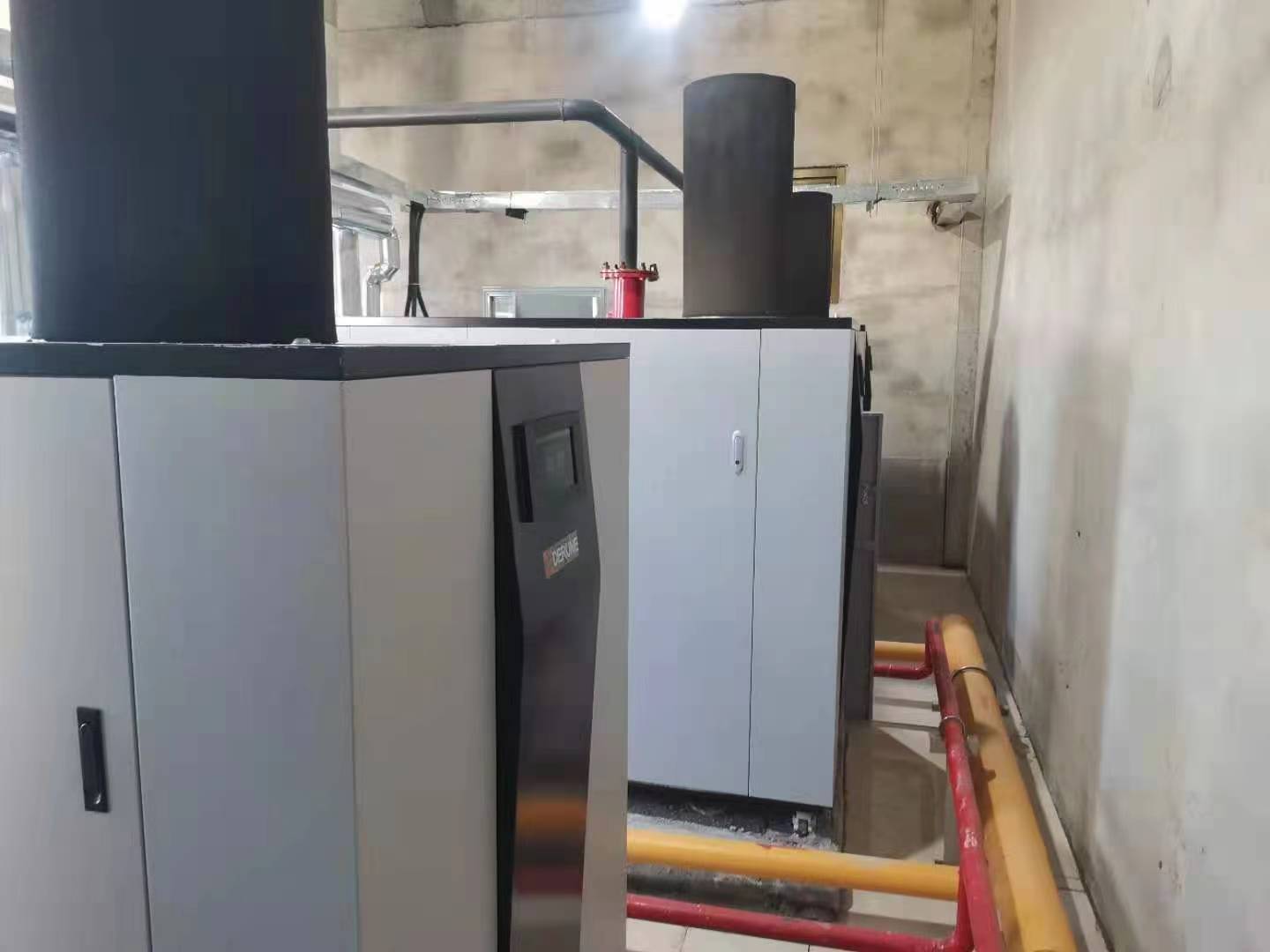Sep . 02, 2024 16:39 Back to list
Comprehensive Guide to Cast Aluminum Types
Understanding Cast Aluminum Types A Comprehensive Overview
Cast aluminum is a versatile and widely used material known for its excellent strength-to-weight ratio, corrosion resistance, and ability to be easily molded into complex shapes. Its unique properties make it an ideal choice for various applications, ranging from automotive parts to cookware. This article will explore the various types of cast aluminum and their specific characteristics, advantages, and applications.
There are several methods for casting aluminum, each resulting in different types of products. The most common cast aluminum types include sand casting, die casting, and investment casting. Each method has its own set of benefits and is suitable for specific applications.
1. Sand Casting
Sand casting is one of the oldest methods of casting metals, including aluminum. In this process, a mold is created from a mixture of sand and a binding agent. Once the mold is formed, melted aluminum is poured into the cavity, and after solidification, the sand mold is broken away to reveal the cast part.
Advantages of sand casting include its ability to produce large and complex shapes and its relatively low cost. Additionally, it is not limited to small production runs, making it suitable for both prototyping and large-scale manufacturing. Sand casting is often used for automotive components, marine applications, and construction equipment.
2. Die Casting
cast aluminum types

Die casting is a more modern method of casting aluminum, ideal for high-volume production. In this technique, molten aluminum is injected into a steel die under high pressure. This process allows for tight tolerances and a smooth finish, making die-cast parts easy to machine and often requiring little to no secondary processing.
Die casting is typically used for producing smaller parts in large quantities, such as electronic housings, automotive components, and various consumer products. The main advantages of die casting include high production rates, dimensional accuracy, and the ability to achieve thin-walled sections.
3. Investment Casting
Investment casting, also known as lost-wax casting, is a precision casting method used for complex geometries. In this process, a wax pattern is coated with a ceramic shell, which is then heated to remove the wax and harden the shell. Molten aluminum is subsequently poured into the cavity left by the wax.
This method allows for excellent surface finishes and dimensional accuracy, making it ideal for applications requiring intricate details or tight tolerances, such as aerospace components, medical devices, and artistic sculptures. Although investment casting may have higher initial costs, its precision can lead to cost savings in machining and assembly.
Conclusion
Cast aluminum types are essential for various industries due to their unique benefits and properties. Sand casting, die casting, and investment casting each serve different needs and applications, allowing manufacturers to choose the best method for their projects based on complexity, volume, and required tolerances. As technology advances, the methods and techniques for casting aluminum are continually evolving, expanding the possibilities for new applications in the modern world. Understanding these types helps in making informed choices for specific projects, leading to improved efficiency, quality, and performance in the final products.
-
Centrifugally Cast Iron Water Main Pipe for Reliable Mains
NewsAug.22,2025
-
Durable Centrifugally Cast Iron Water Main Pipe
NewsAug.11,2025
-
Centrifugally Cast Iron Water Main Pipes for Reliability
NewsAug.10,2025
-
High-Quality Centrifugally Cast Iron Water Main Pipes
NewsAug.09,2025
-
Durable Cast Iron Water Main Pipe & Drainage Solutions
NewsAug.08,2025
-
Buy Cast Iron Pipe: Premium Ductile Iron & Drain Solutions
NewsAug.07,2025


